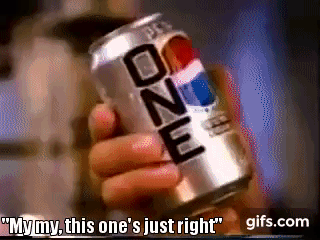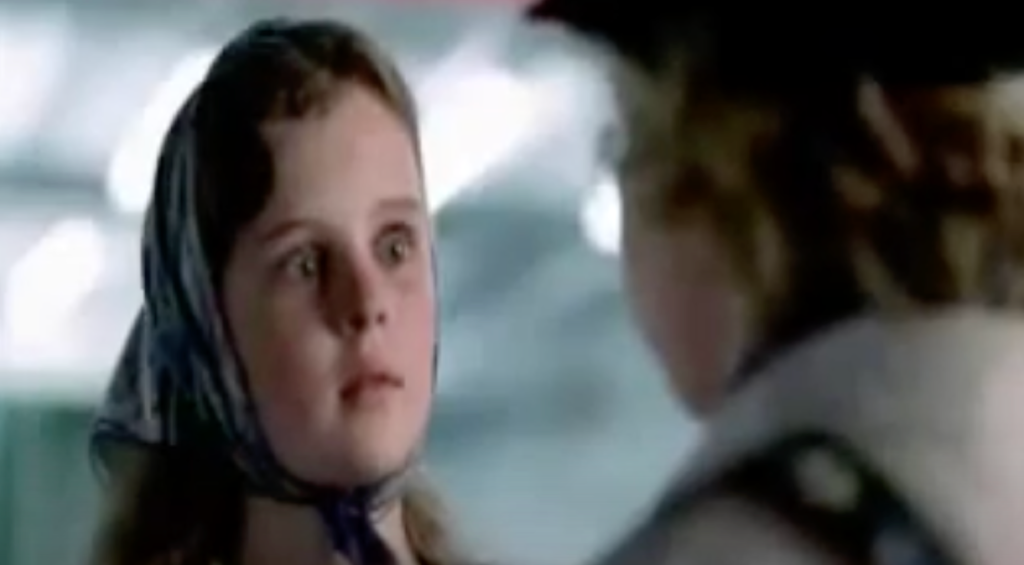By Amanuel Matias
In everyday life, a small amount of intention can lead us to recognize the prevalence of fairy tales in our society. In the case of advertisement, adaptations have been made to some classic fairy tales in hopes of prompting a nostalgic reaction and leading potential consumers to purchase a product. In one sense, fairy tales and advertisements serve a similar purpose. They both paint a desirable picture and provide the means for attaining this satisfaction. A fundamental difference, however, is that fairy tales more subtly influence the mind of the listener, while advertisements attempt to explicitly show the viewer to fill a void in their life. According to University of West Alabama, “the use of narrative and storytelling has been proven to help consumers make emotional and personal connections with brands. This sentiment is backed up through research, which has shown that 55 percent of consumers who love a brand’s story are willing to make a purchase” (UWA). The synthesis of fairy tale motifs and commercials appears in many forms throughout modern-day commercials. The objective of this project is to identify aspects of various commercials that reflect the themes and nuances of fairy tales that are incorporated into television marketing.
Pepsi One- Little Red Riding Hood (click to watch video)

This Pepsi One commercial presents an extremely sexualized rendition of “Little Red Riding Hood.” The advertisement capitalizes on the seduction associated with the color red, which in the original fairy tale, is the color of only Little Red’s hood. In the commercial, red is the color of the woman’s entire outfit. This completion of her signature color represents the maturation of Red’s sexual desire as she shifts from a young, innocent girl to a grown woman. In the commercial, her voice is intentionally suggestive, which can be seen as a marketing tactic to entice the male audience. A key difference between the original fairy tale and this Pepsi advertisement lies within the intended audience. While the fairy tale appeals to children of all genders alike, the commercial’s focus on the male audience further heightens Red’s lust embedded into Pepsi’s work. This commercial epitomizes the common phrase, “sex sells.”
Even though Little Red herself feels strong sexual curiosity in the original tale, the wolf still plays the role of the seducer. In the case of the Pepsi commercial, the seductive role switches to Little Red. In Bruno Bettelheim’s The Uses of Enchantment, he states, “The immature person who is not yet ready for sex but is exposed to an experience which arouses strong sexual feelings falls back on oedipal ways for dealing with it” (173). In the case of this commercial, Little Red is a grown woman, not merely a small, curious child. Since she has matured, she does not need to fall back on her oedipal desires in order to satisfy her sexual craves. Red unambiguously expresses her carnal craving while having a complete understanding of who she is as a woman. This contrast allows for the role of the seducer to switch from the wolf to the woman in red.
Levi’s- Cinderella (click to watch video)

In the Levi’s version of Cinderella, a young woman searches around the city for the man who fits the pair of jeans she holds. The original fairy tale involves a prince searching through the city for a woman who fits a glass slipper, but the Levi’s role reversal takes on a progressive, feminist viewpoint which provides a different perspective than traditional fairy tales. Originally, Cinderella’s happiness and fruitful future lies within the hands of a male character. She does have a strong mindset, filled with patience and kindness, but regardless, Cinderella lives a life of disregard up until her foot slips into the coveted slipper. In the Levi’s commercial, the young woman loses her slipper, and an anonymous motorcycle rider cuts off a man who is chasing her, but he drops a pair of Levi’s as he rides off. The role of Cinderella in the commercial ends up being played by the mystery man, and the young woman plays the role of the “prince.”
The young woman’s decision to scour the town portrays her initiative and independence, contrary to the original female character’s perspective of “good things come to those who wait.” After an extensive search, she finds a mechanic who fits the jeans she holds, and they find their happy ever after. The director of this commercial intentionally leads the viewer away from the classic Cinderella archetype and changes the storyline so that the young woman’s prosperity is not based on her patience to tolerate neglect and emotional abuse, but instead due to her independence and perseverance. Her independence effectively parallels the message Levi’s portrays at the end of the commercial, stating “no two pairs are the same.”
AT&T- Hansel and Gretel (click to watch video)

This AT&T commercial caters to the nostalgia induced by the synthesis of a well-known fairy tale, Hansel and Gretel, and the busy city streets that are so common in 21st century film. In the original fairy tale, Hansel and Gretel’s sense of comfort revolves around having access to food, which is provided in their home. Once they know they are going to be abandoned, the siblings realize that their lives are in danger. In the commercial, the erasure of their bread crumb trail as they travel through the big city symbolizes the parental abandonment they experienced in the old tale. Since knowing that they can find their way home means they will have food to eat, the crumbs act as a comforting bridge to home during their adventure. In the commercial, Hansel and Gretel’s sense of comfort is revived by accessing the cell phone GPS function, effectively portraying AT&T as the hero of this fairy tale remake.
Since the commercial lacks some aspects of the original fairy tale, namely the wicked stepmother and the witch, the viewer is forced to refer to their familiarity of the Hansel and Gretel tale to fully understand the implications of the siblings’ longing for home. If the viewer has not read Hansel and Gretel, the commercial may not as effectively convey the message that the purchasing of their cell phone is crucial because the dangers of life away from the cottage are not depicted. While the dangers are not explicitly mentioned, they are implied by Gretel’s facial expression when the children realize that the bread crumbs are not still in their trail:

_____________________________________________________________
Whether commercials accurately portray well-known fairy tales or introduce significant redirections, fairy tale themes assist in inclining viewers to favor the purchase of an item because of the nostalgia that accompanies fairy tale references. In the case of the over-sexualized Pepsi One Little Red Riding Hood commercial, the inclination was aimed towards a specific audience, but in AT&T’s Hansel and Gretel rendition, the reminiscence was evident in all who were familiar with the tale. Regardless of the approach, fairy tale implementations in modern advertisement can lead to the purchase of the advertised products because of our yearning to bring childhood magic back into our everyday lives.
_____________________________________________________________
Works Cited
Bettelheim, Bruno. The Uses of Enchantment: The Meaning and Importance of Fairy Tales. New York: Knopf : distributed by Random House, 1976.
“Storytelling in Marketing: The Importance of Brand Narrative.” UWA Online, 22 Oct. 2019, online.uwa.edu/news/brand-narrative-storytelling/.